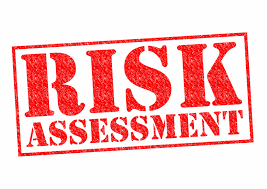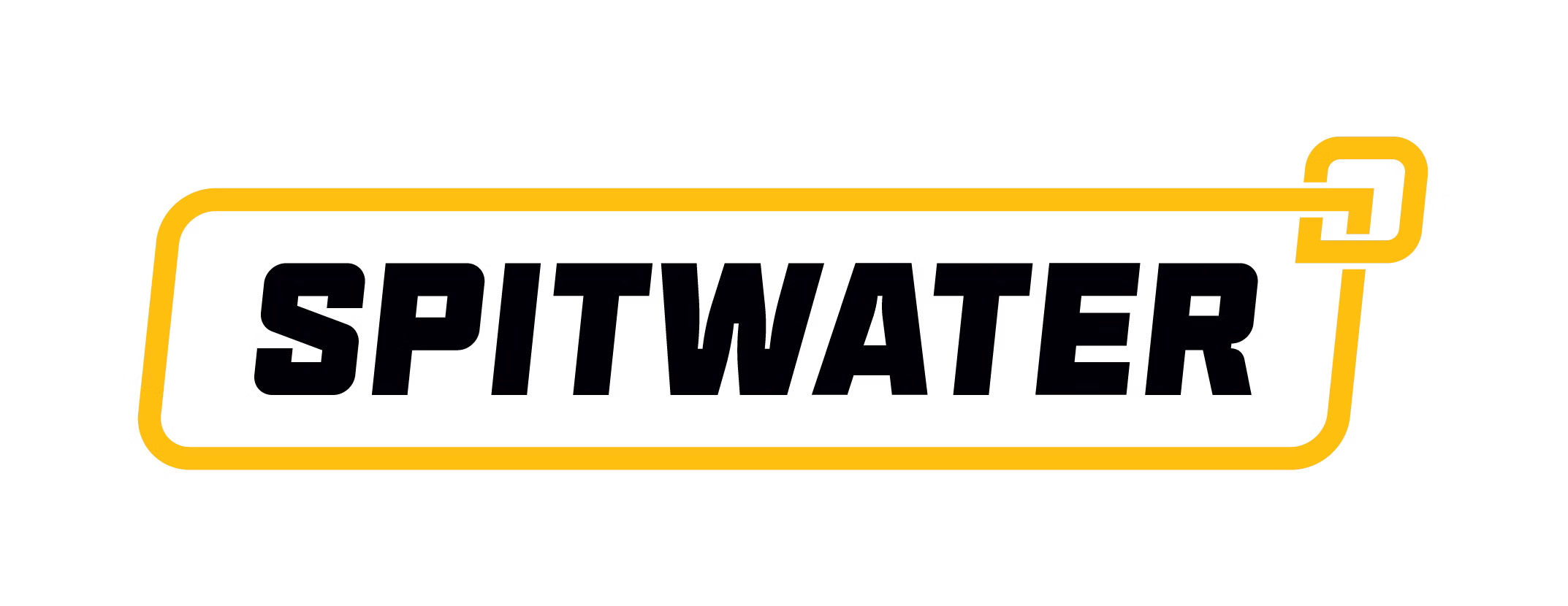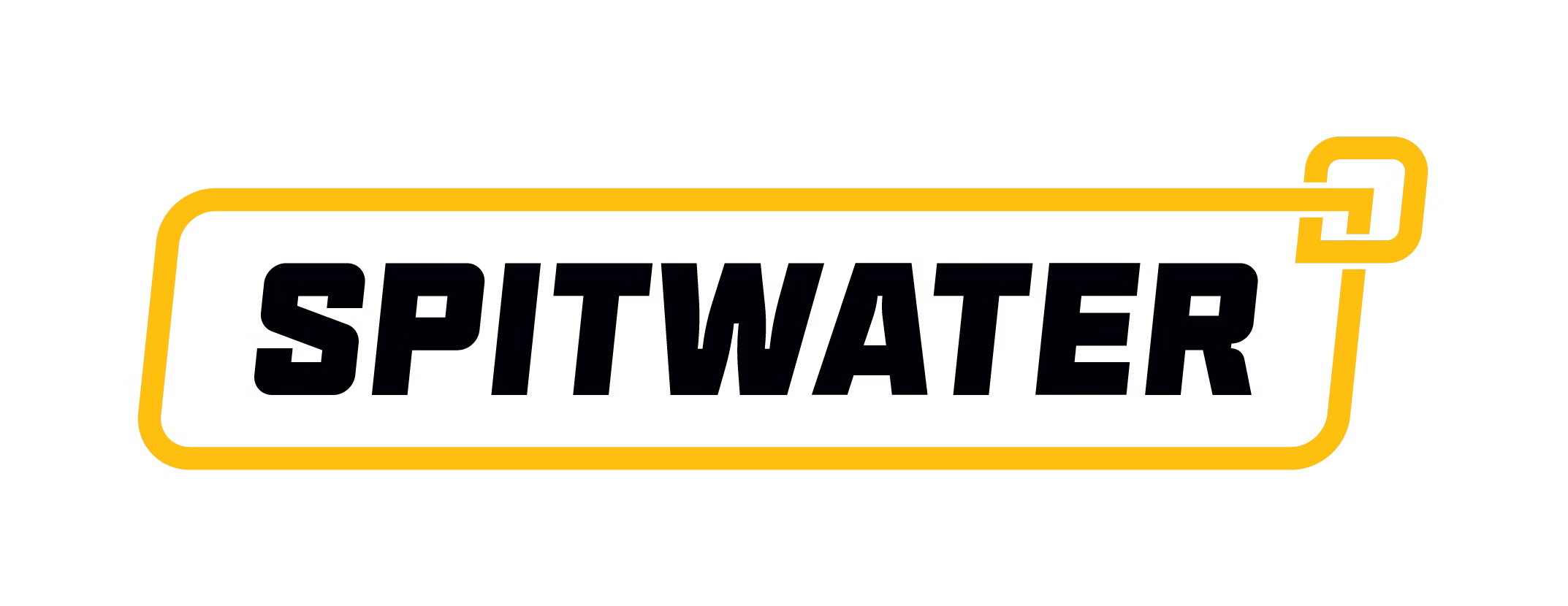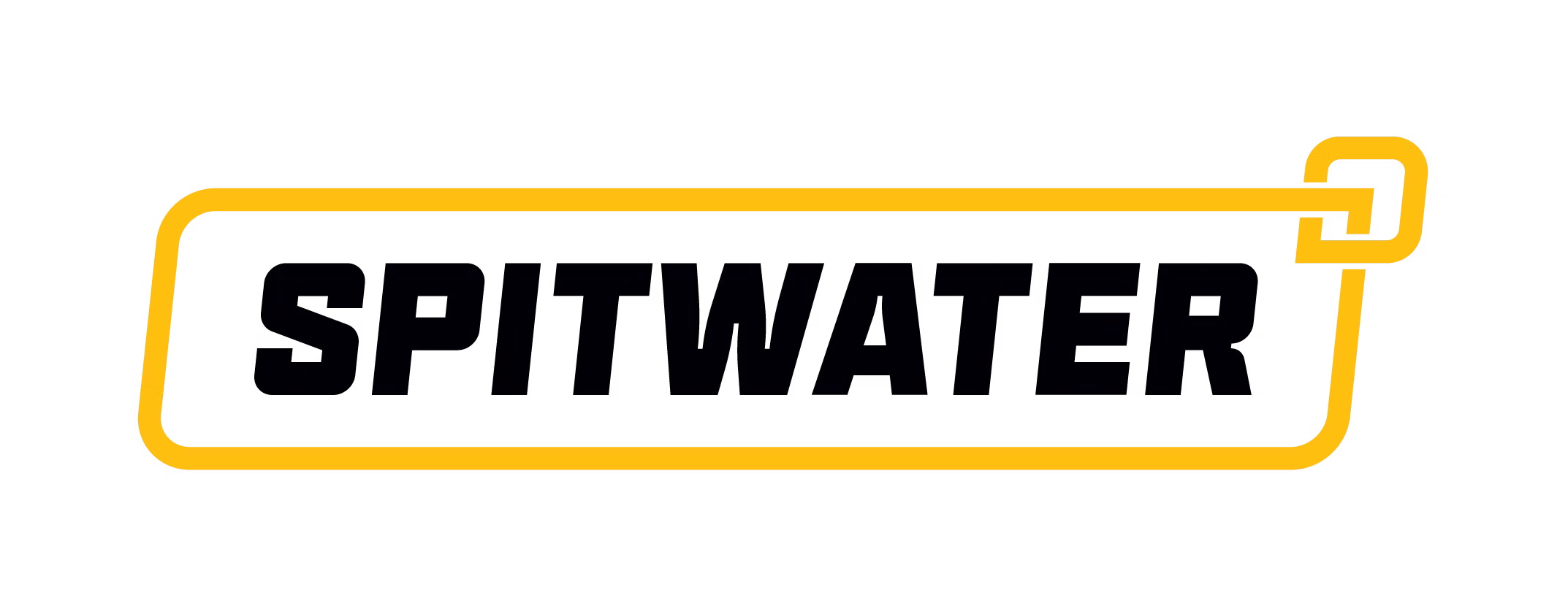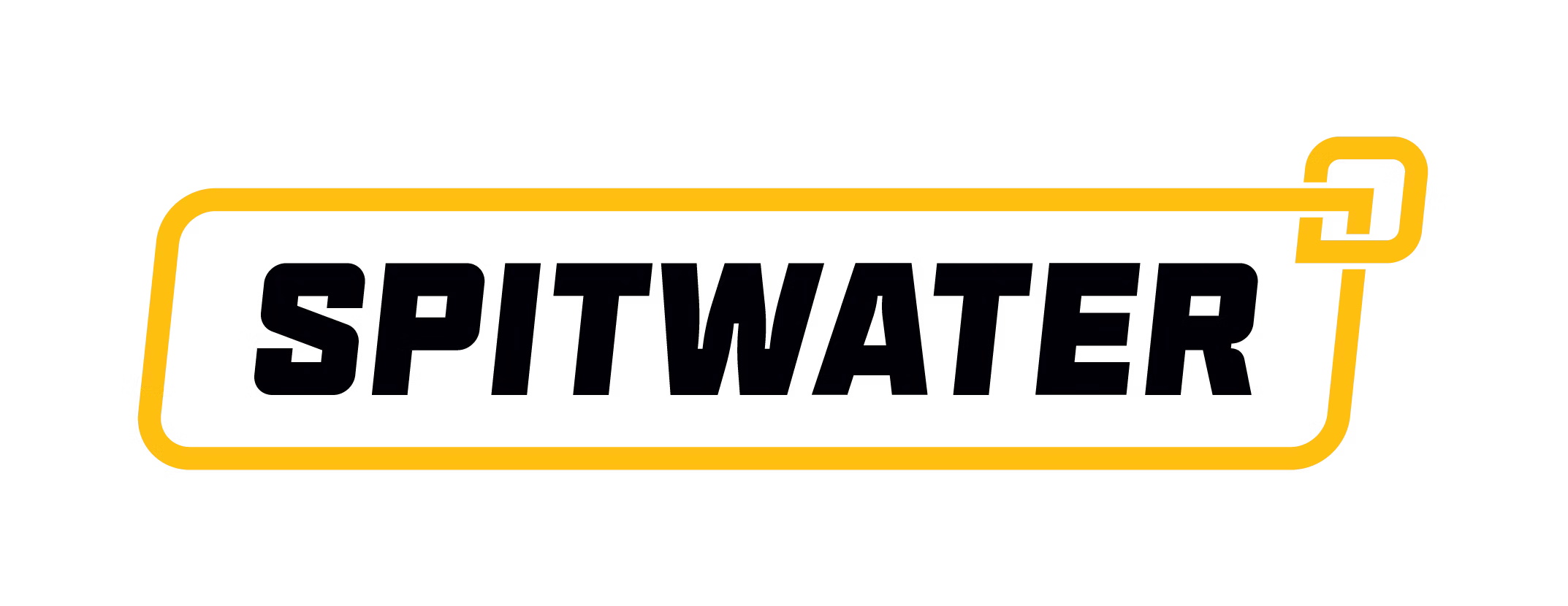Title Page
-
Site conducted
-
Risk assessment title
-
Assessment date
-
Site (If generic assessment is being completed insert GENERIC in this section)
-
Prepared by
-
Approved by
Purpose & Scope
-
To ensure that the risks are identified and eliminated or reduced, as far as is reasonably
practicable, by complying with the requirements of The Health & Safety at Work Act 1974, and other associated regulations and guidance.
This risk assessment reflects our commitment to meeting these requirements and sets out the management arrangements in place to satisfy our legal duties.
The principles and practices described in this risk assessment are aimed at mitigating the risk of injury and damage to health to persons that may be affected by this hazard. This risk assessment highlights generic hazards and details the most commonly required controls necessary to mitigate these hazards across a number of different working situations and property types, as far as is reasonably practicable.
Some situations may require a site-specific risk assessment to be produced. -
Scope
-
Persons affected
- Colleagues
- Vistors
- Contractors
- Members of the public
- Others
-
Specify i.e. Neighbouring business etc.
Hazard identification
-
Select hazards identifies with task being assessed
- Biological. Biological hazards include viruses, bacteria, insects, animals, etc., that can cause adverse health impacts. For example, mould, blood and other bodily fluids, harmful plants, sewage, dust and vermin
- Chemical. Chemical hazards are hazardous substances that can cause harm. These hazards can result in both health and physical impacts, such as skin irritation, respiratory system irritation, blindness, corrosion and explosions
- Physical. Physical hazards are environmental factors that can harm an employee without necessarily touching them, including heights, noise, radiation and pressure
- Safety. These are hazards that create unsafe working conditions. For example, exposed wires or a damaged carpet might result in a tripping hazard. These are sometimes included under the category of physical hazard
- Ergonomic. Ergonomic hazards are a result of physical factors that can result in musculoskeletal injuries. For example, a poor workstation setup in an office, poor posture and manual handling
- Psychosocial. Psychosocial hazards include those that can have an adverse effect on an employee’s mental health or wellbeing. For example, sexual harassment, victimisation, stress and workplace violence
-
Provide specific details of hazards identified
Risk assessment framework A
Control measures
-
Undertake a personal dynamic risk assessment yourself. This
involves taking a few minutes to consider what you are about to do.
Consider what might go wrong and how serious it could be.
If you consider that the risk has been adequately controlled by
applying this generic and dynamic risk assessments, then proceed
with the task.
If you consider that the risk is not adequately controlled, then do not
undertake the task. Contact your line manager, your health and
safety advisor, or another competent person for professional advice. -
Control 2
-
Control 3
-
Control 4
-
Control 5
-
Control 6
-
Control 7
-
Control 8
-
Control 9
-
Control 10
-
Control 11
-
Control 12
Risk assessment framework B
-
-
Review date
Key points
-
Never 1
-
Never 2
-
Never 3
-
Always 1
-
Always 2
-
Always 3
